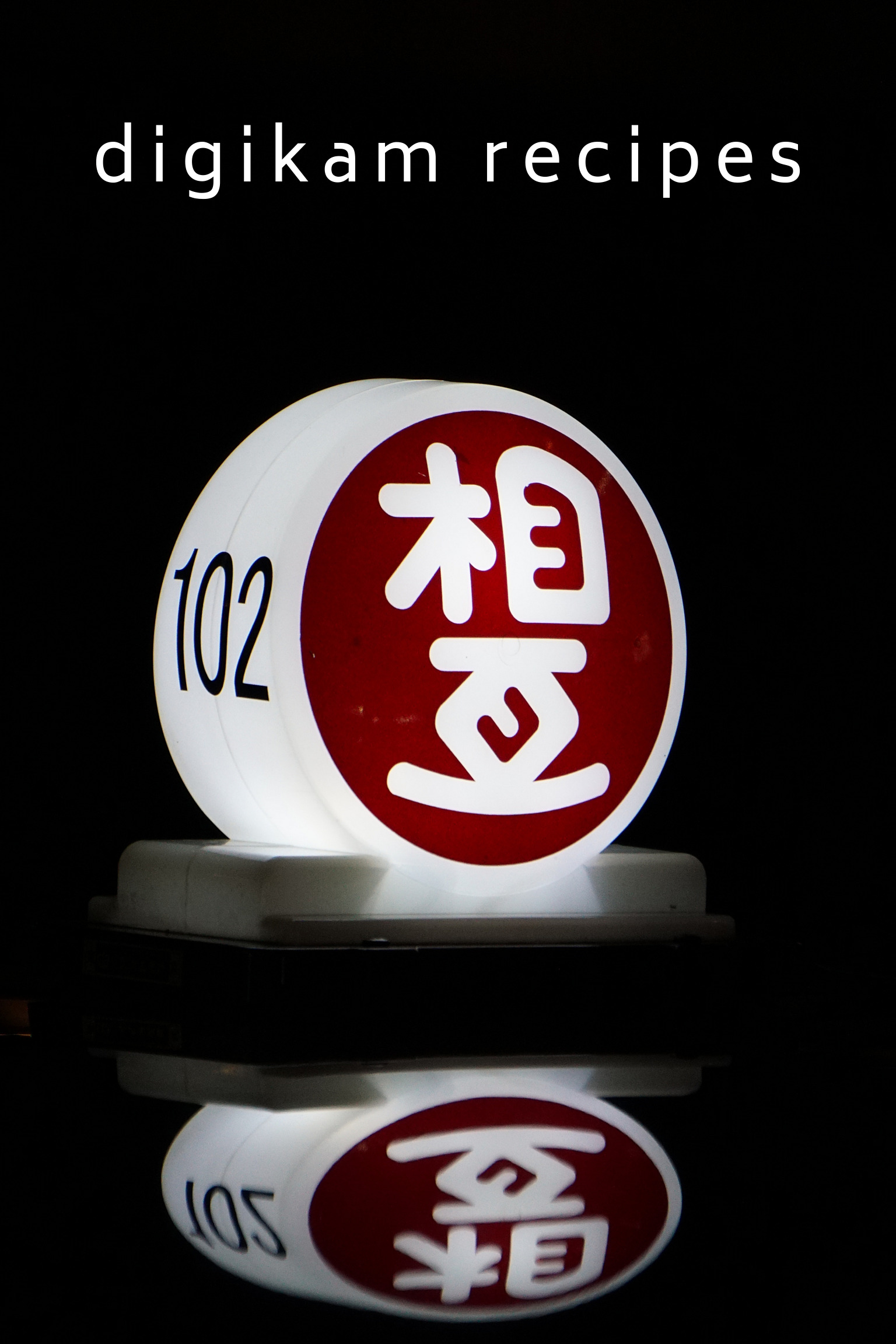When it comes to tethered shooting, Rawstudio is by far the easiest and most user-friendly solution on Linux. This powerful RAW processing application sports functionality which allows you to control and monitor the connected camera with a minimum of effort. The only requirement is that your camera is supported by the gPhoto2 software which acts as Rawstudio’s back end. Plug your camera into a USB port in your machine and make sure that the camera is not mounted (unmount it, if necessary). Launch Rawstudio, and hit F9 (or choose View » Tethered Shooting) to open the Tethered Shooting window.

Select your camera in the Select camera drop-down list, and press the Connect button to establish a connection between the machine and the camera. To check whether everything works properly, hit the Take Photo button. This should trigger the camera and automatically import the taken photo into Rawstudio.
Instead of triggering the camera from Rawstudio you can put the application into the monitoring mode by pressing the Monitor button. In this case, Rawstudio listens to the camera, and as soon as you take a photo, the application transfers the file to the machine. Rawstudio also supports so-called interval shooting, when it automatically triggers the camera at predefined time intervals. This functionality can be particularly useful for time-lapse photography. Using this feature is as easy as it gets: specify the desired interval in the Second between each shot field and press the Start Shooting button. The camera will keep taking photos at the specified intervals until you hit the Stop Shooting button.
Finally, in the Filename and Tags section, you can specify a naming rule and tags which Rawstudio automatically applies to each transferred photo. For example, the %DY%Dm%Dd-%t rule renames incoming photos using their date and time as follows: 19730531-23:59:59.NEF, 19730531-01:01:59.NEF, and so on. And if you specify rawstudio, macro, flowers and other tags in the Tags for new images field, they will be automatically assigned to imported photos.



